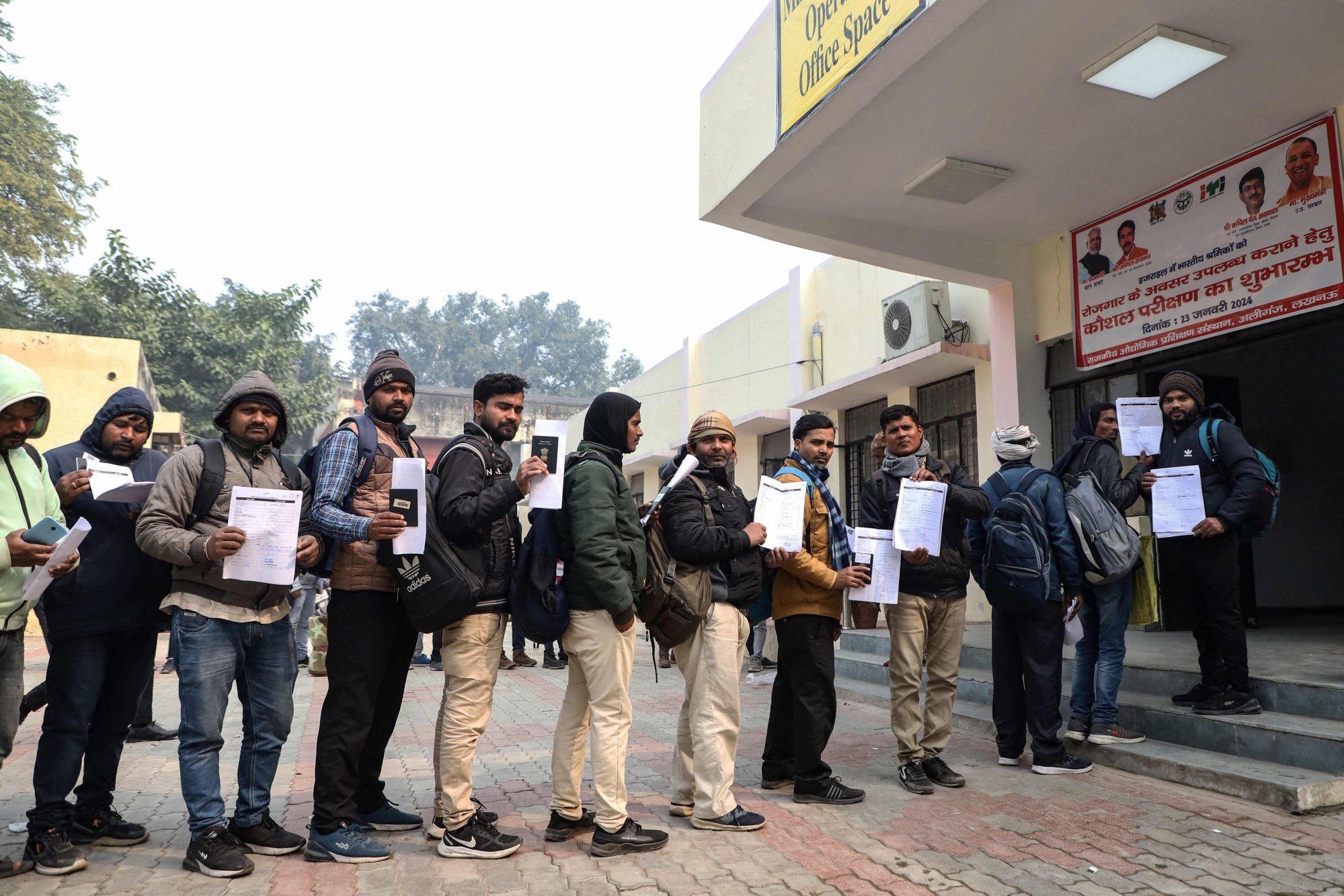Imagine applying for a job with 67,000 openings. You’d assume that with a fairly decent resume, your chances would be quite high. But, as many young people in India’s most populous state of Uttar Pradesh found out in February, all is not what it seems. Vying for those 67,000 openings in the state police department were nearly 4.8 million jobseekers.
In 2023, according to World Bank data, India’s youth unemployment rate (for ages 15-24) stood at 18 per cent – significantly higher than its immediate neighbours’. Comparatively, Pakistan’s was 10 per cent and Bangladesh’s 12.3 per cent. China fared little better than India, at 15.9 per cent.
The repercussions of these youth employment challenges in both China and India are now being felt across the world.
For India, the problems are explosive and immediate – and they’re spilling outside its borders. Indians made up the third-largest illegal immigrant population in the US in 2021, according to Pew Research Centre estimates last year. Desperate for jobs, Indian youths are also going to conflict and war zones in search of a better pay cheque.

This economic weakening could have a spillover effect, especially given China’s geopolitical influence in countries in Africa and Latin America, where Chinese investment, finance and trade are critical.
Kamala Thiagarajan is a freelance journalist based in Madurai, southern India









